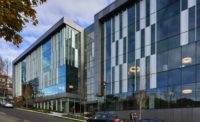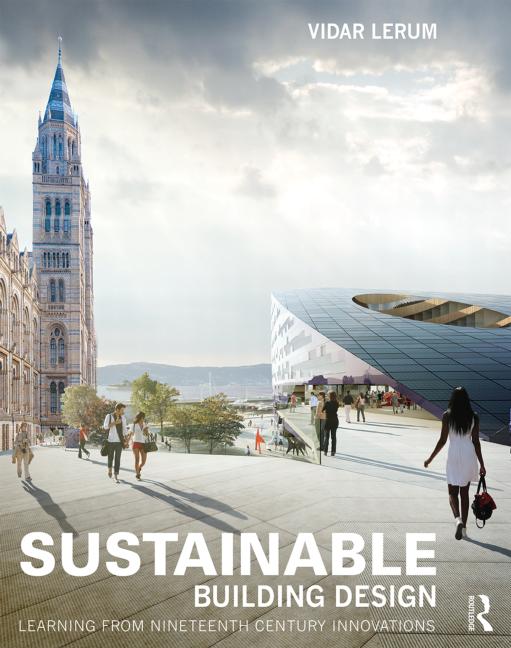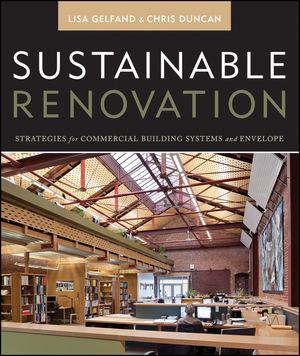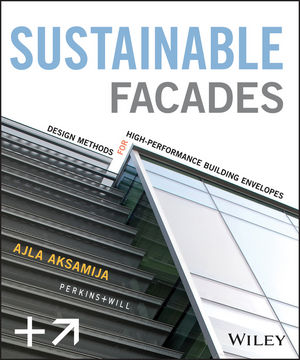A Highly Sustainable Urban Intervention

The Center of Developing Entrepreneurs (CODE) is a new sustainable, mixed-use project in downtown Charlottesville, comprised of a new public plaza and 215,000 square feet of multi-use space, including a strategic combination of co-working, office space, shared amenities, and retail.
The investor behind the development, a University of Virginia (UVA) graduate, wanted to give back to the community by providing a place where locally grown innovations in information technology, clean energy, and allied fields, could blossom into locally based businesses, rather than seeing those ideas and human talent relocate outside of the region. Building the project on the mall would reinforce a commitment to walkability but posed the tricky challenge of integrating a project of the requisite size with the small scale of the mall. In response, the design team introduced a novel solution: stair-stepping the massing up from the mall towards the intersection of Main and Water streets, then spiral up further to meet the scale of Water Street, with a cascade of occupiable terraces and green roofs.
While exploring building massing options, simulations were performed, not just for their impact on energy consumption, but also of the impact of shadows cast upon existing trees. At the ground floor, the brick is lifted, replaced by a glazed first story, exposing a unique public space intended to enliven the street and promote connectivity. This interior plaza also serves to extend the conclusion of the main thoroughfare, Main Street, with a direct connection to adjacent Water Street, facilitating access between the adjoining areas and allowing further retail space to be integrated into the surrounding pedestrian mall.
Based on the results of peer-reviewed research demonstrating improved learning and decision-making performance for knowledge workers when ambient air has lower levels of carbon dioxide and other contaminants, a palette of low-emissions materials was employed, and the building ventilation system provides more than twice the standard flow of fresh air—but does this in ways that still achieves energy use that is 1/3 that of the benchmark office building. Design choices were also informed by ongoing assessment of the carbon emissions associated with the materials used for construction, helping the team lower the carbon footprint of the project even before the building opens. A full 32% of the site (including portions of the building), is covered by native plants. Energy use intensity is calculated at an impressive 25.86%, a 73% reduction from the benchmark for a building of this type.
The building envelope draws from the brick cladding and punched window openings of its historic context but is implemented with a modern rain screen to achieve high levels of insulation and thermal comfort while providing defense-in-depth against water intrusion.
Coworking continues to experience rapid development and evolution. The design team researched other spaces extensively, visiting various coworking facilities in achieving the perfect blend of office and coworking space. Throughout, the design team worked with a client representative in pursuing a vision to uphold the changing nature of work, straddling a line between the formal and informal, instilling a unique blend of clean commercial space with a more relaxed residential feel. All interior elements, from furniture and textiles to fixtures and artwork, were handpicked by the team to foster a warm and welcoming environment.
CODE is designed to be a LEED Platinum certified building, employing systems and technologies beyond LEED standards that will increase fresh air exchange and provide fine-tuned environmental controls to support natural ventilation and generous daylighting.
EskewDumezRipple and WOLF ACKERMAN team
EskewDumezRipple — José Alvarez, Noah Marble, Steve Dumez, Z Smith, Tyler Guidroz, Jill Traylor, Max Katz, Shannon Griffin, Tom Gibbons, Alex Swiggum, Kelsey Wotila, project team
WOLF ACKERMAN — Fred Wolf, Dave Ackerman, Mark Merolla, Joey Laughlin, project team
Project team
EskewDumezRipple (associate architect and interior design)
WOLF ACKERMAN (architect of record)
Fox & Associates (structural)
Timmons Group (civil)
2RW (m/e/p)
Gregg Bleam Landscape Architect (landscape)
DKT Lighting (lighting design)
STRUCTR Advisors (sustainability)
Thorton Tomasetti (energy modeling)
MSTB (commissioning)
General Contractor: Hourigan
Client: CSH Development
Sources
Glazing: Guardian
Doors: CR Laurance; Kawneer
Ceilings: Arktura; Hunter Douglas
Carpet: Bentley
Lighting: MP Lighting; Lumenpulse
Looking for a reprint of this article?
From high-res PDFs to custom plaques, order your copy today!



.png?height=200&t=1740147695&width=200)



